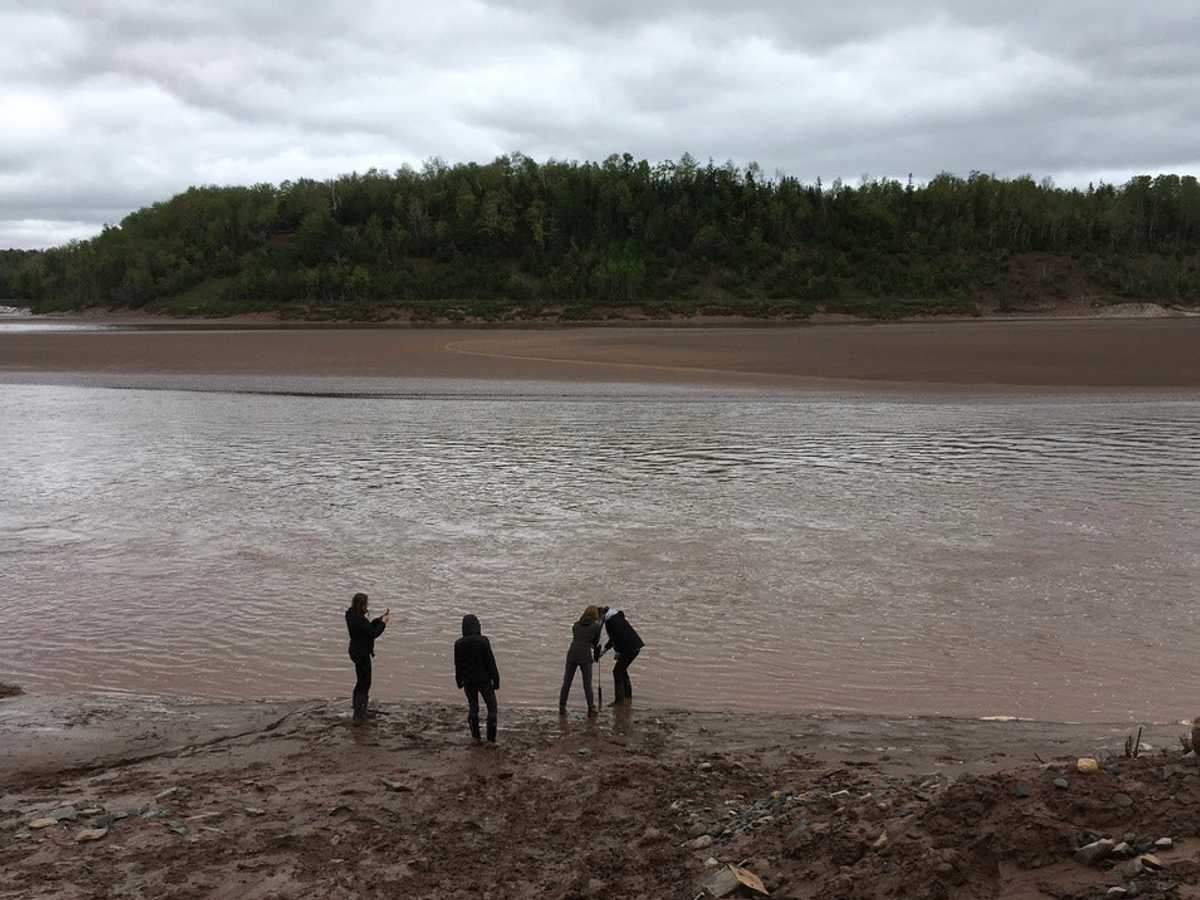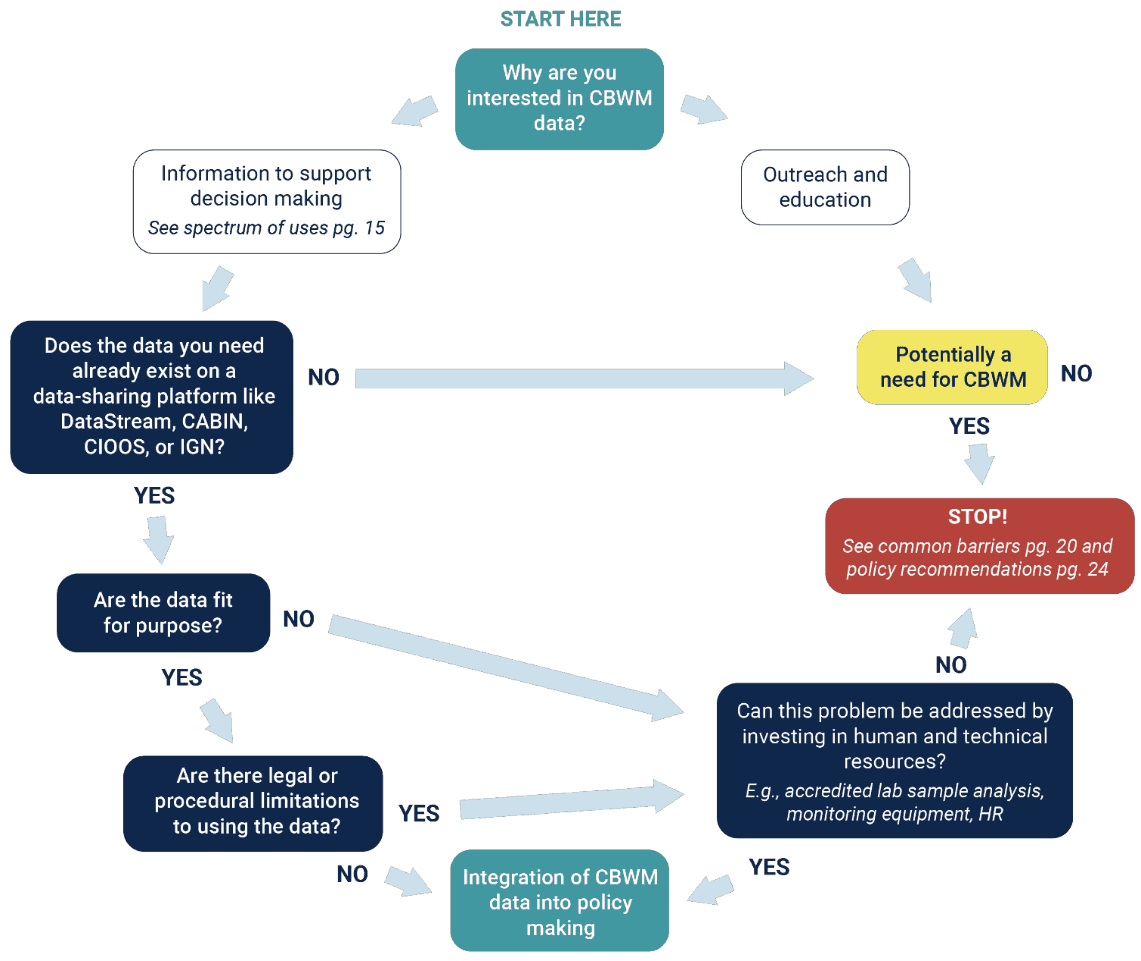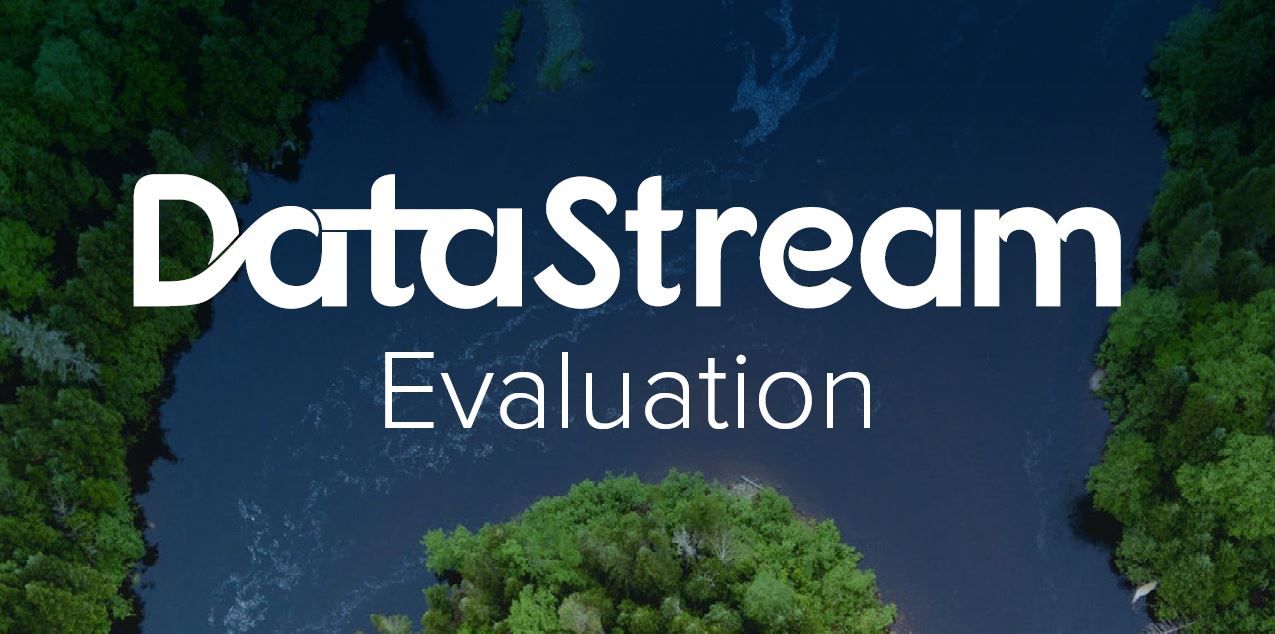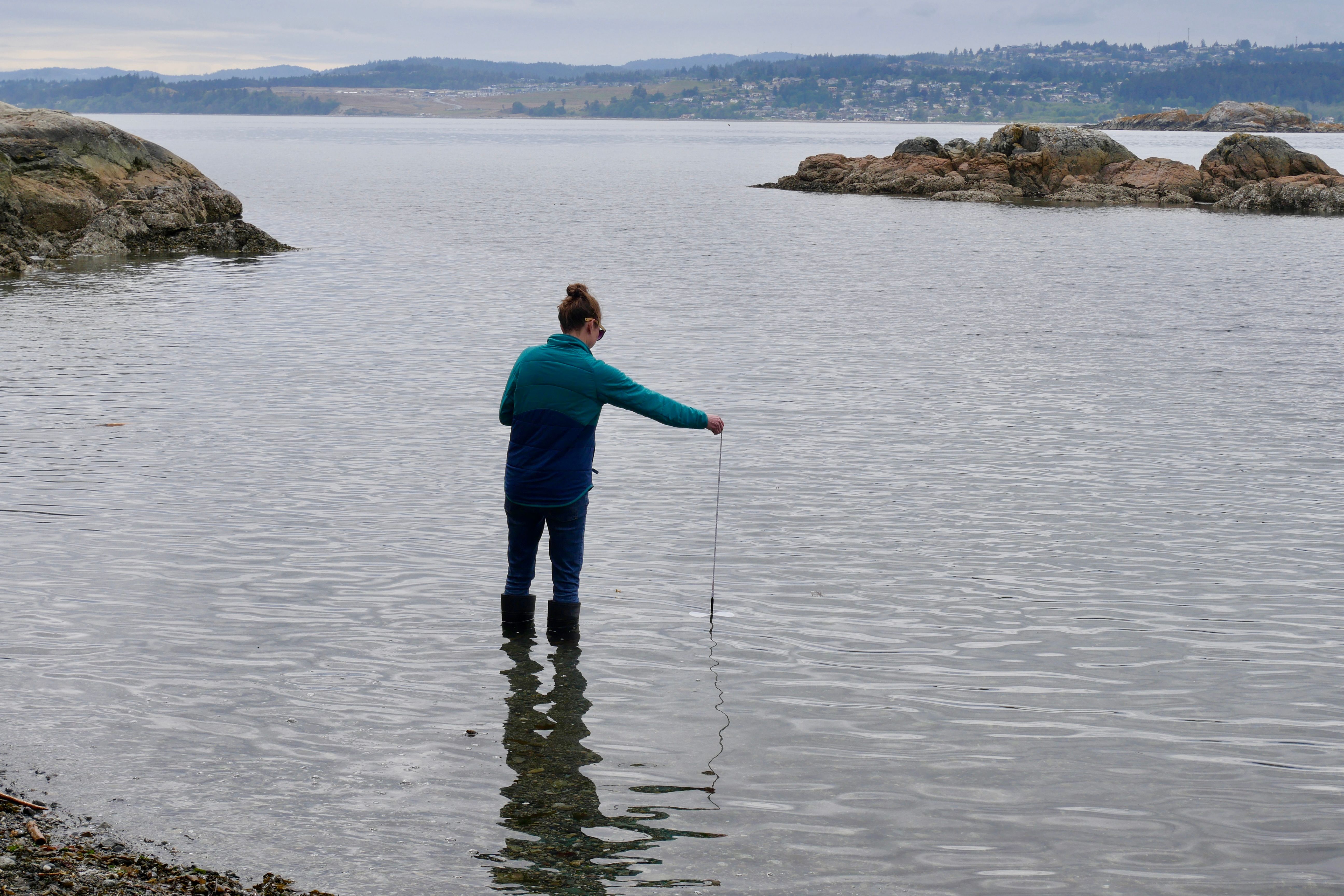
How is community collected water data getting used?
March 22, 2021
What happens to water data after it has been collected by community monitoring groups?
That is the driving question behind a Nova Scotia-focused research project that brought together academic, community and government voices. Led by Alice Cohen out of Acadia University in collaboration with Coastal Action and the Atlantic Water Network, and supported by the Change Lab Action Research Initiative, the research project included a workshop, interviews and online webinar, with a recent report summarizing the key findings.
Community-based water monitoring in Nova Scotia
Community-based water monitoring (CBWM) is a valuable model of data collection that is growing across Canada and beyond. In Nova Scotia alone, there are over 60 community-based water monitoring groups actively collecting data!
This makes a lot of sense given the advantages of community-based water monitoring: Community members are often experts on local water bodies, the sampling process is an opportunity for public education and outreach, monitoring can be tailored to local needs and contexts, and high-quality data collection can be less expensive and more timely than traditional, top-down approaches to water monitoring such as those carried out by governments.
But as the project report, Using Data from Community-based Water Monitoring in Nova Scotia, outlines, community-based water monitoring isn’t a one-size-fits-all solution to filling data gaps and engaging communities in water policy, planning and management:
CBWM groups should not be seen as less expensive consultants; instead, they are partners in water stewardship, with eyes and ears on the land and water in a way that governments are not able to do.
Community-based water monitoring data use
This research found that community-based water monitoring data in Nova Scotia are used in diverse ways to support water decisions and engage communities in environmental stewardship.
The range of data uses that were shared by participants were placed along a continuum of decision-making processes (below). Data uses along this spectrum require different methods and levels of rigor at each stage of the data life cycle.

Source: Cohen, A., and Livingstone, A. (2020). Using Data from Community-based Water Monitoring in Nova Scotia.
A framework to connect community-based water monitoring with decision-making
Through this research, both barriers to, and avenues for, the inclusion of community-based water monitoring data in decision making were identified.
The chart below was developed as a tool for thinking through the relationship between community-based water monitoring and decision-making and policy. It is based on the project workshop, interviews and webinar as well as other scholarship on the topic.

A suggested framework for thinking about how to connect community-based water monitoring data with water decisions in Nova Scotia from the report, Using Data from Community-based Water Monitoring in Nova Scotia (2020).
Policy Recommendations
Looking ahead, the report makes three policy recommendations on the basis of this research:
- Require all publicly funded consultants make their water quality data publicly accessible;
- Match the funding arrangement to the CBWM program outcomes; and
- Clearly communicate data quality requirements for different end uses.
To learn more about this research initiative and see the report’s recommendations, access the full report at: https://www.coastalaction.org/uploads/1/2/2/2/122203881/cbwm_data_use_in_ns_clari_final.pdf
The results are in! DataStream's 2023 external evaluation
We asked for your feedback, and you delivered! DataStream is pleased to share the results of our 2023 external evaluation.
Job Posting: Executive Director
The Executive Director (ED) will play a pivotal role in leading DataStream at an exciting time of growth.
Join DataStream's Pacific Data Drive
Do you collect water quality data in British Columbia or the Yukon? If YES, we want to work with you!


